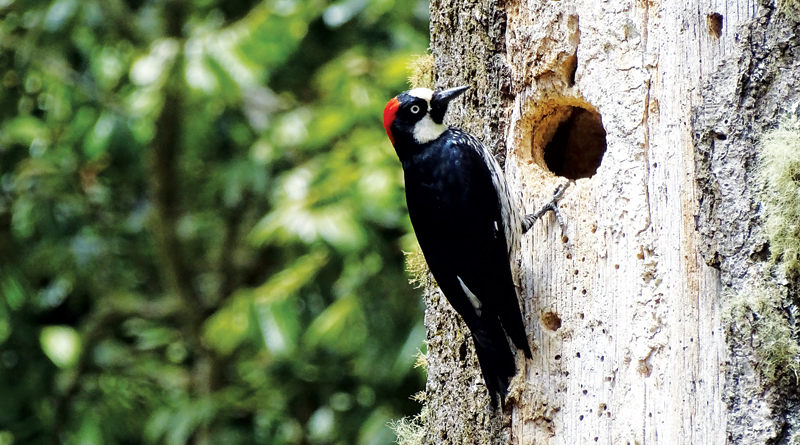BIRDS ARE IN DECLINE – Life In The Outdoors

I’ve been on the road, traveling with my older daughter as she drove from our home in Indiana to up state New York, to a family gathering. After a few days of reminiscing and visiting, my daughter drove us back to Indiana. As my daughter drove I watched the scenery and looked for birds.
I made a list of the birds I saw as we traveled, species and number of each species. The first bird on my list is starling, then red-winged blackbird, then grackle, three common birds. But they weren’t numerous. I didn’t see many birds of any species as we traveled.
Next on my list is killdeer. I saw one, on the entire trip, going and coming. I saw three crows, together, then several more individually, but still not many. I saw a red-headed woodpecker, then, miles farther, another. But that was all the red-headed woodpeckers I saw on our trip.
I saw turkey vultures, a few on the ground, most of them flying, three circling in the sky together once, but still only a total of nine for the entire trip.
I saw mourning doves as we traveled but like all the other birds, not many. At one point, two barn swallows flew across the road in front of us. They were the only swallows I saw on the trip. I didn’t see a robin or a meadowlark or a blue bird. I didn’t see a sparrow, not even a house sparrow, or a blue jay, a goldfinch or a chimney swift or a cardinal. I have read that songbirds of North America have declined in number by seventy percent in recent years, since I was a boy. I believe it. Looking for birds as we traveled, identifying those I saw, listing them, I thought continuously about their number. There were so few.
Mile after mile when I didn’t see a bird. From home to the meeting place in New York is over five hundred miles and in that distance, I didn’t see thirty birds.
Not all birds of North America have declined. Though I saw few on our trip, turkey vultures have increased in number and expanded their range north. Bald eagles have increased, and peregrine falcons and sandhill cranes and California condors, though the condors are still rare. I didn’t see a cardinal but, like turkey vultures, cardinals have increased and expanded their range, north.
Why have so many species of birds declined? Rachel Carson, in “Silent Spring,” wrote of the decline and blamed it on chemical sprays, particularly DDT. DDT has been banned for years but the decline has continued. Loss of habitat has been blamed, larger agricultural fields, fields that are weed free don’t provide cover for birds, nor do drained wetlands nor do cleared forests and brush lands. Global warming has been adverse to many birds, and has curtailed the outside activities of many people.
Riding in the car as my daughter drove, looking out a window, listing birds I saw, I had lots of time to think about the scarcity of birds and the reasons for that scarcity. I say reasons because I’m certain it is not one reason. Rachel Carson thought the decline was primarily, if not completely, due to DDT. But DDT has been banned for years yet birds have continued and continue to decline.
The visit to New York, getting together with most of my family, some of whom live in New York State, seeing old friends, though none older than me, seeing the woodlands and waterfalls and Cayuga Lake, one of the finger lakes, was all enjoyable, but the scarcity of birds was a bit depressing to this old time bird watcher.
- Birds As Weather Forecasters – Life In The Outdoors - December 17, 2021
- Rare Bird Spotted In Indiana – Life In The Outdoors - October 8, 2021
- MY EXPERIENCE WITH DEER – Life In The Outdoors - July 30, 2021


